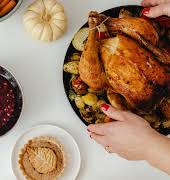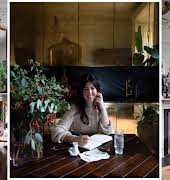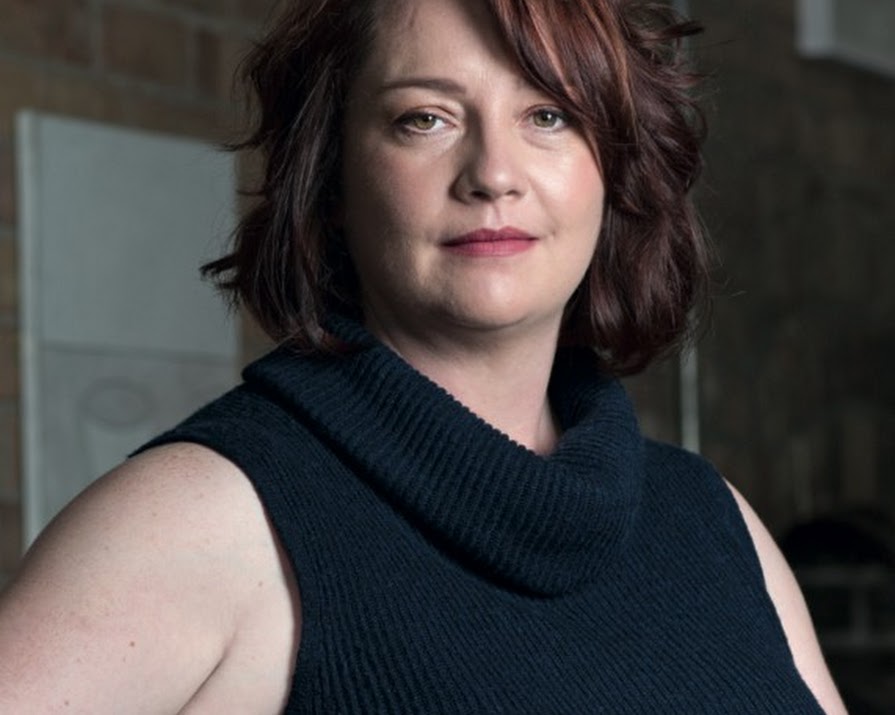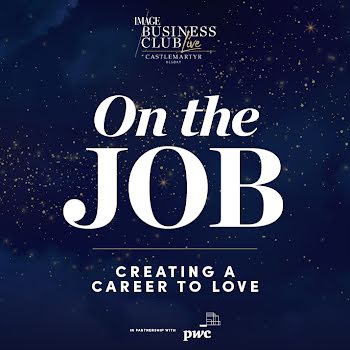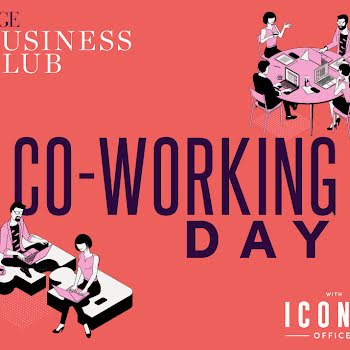
By IMAGE
22nd Nov 2016
22nd Nov 2016
Irish women now – they’re driven, perceptive and at times, provocative. IMAGE meets eight intriguing creatives who are challenging the status quo and influencing Ireland’s cultural landscape through their achievements, and striking a chord with modern women everywhere. These pioneers don’t just prove that the connection between women is exceptionally profound, but collectively, we are capable of achieving incredible things.
Eimear McBride, Author
While it may be accurate to describe Eimear McBride as a literary sensation, the term somehow suggests a rapid ascent. This belies the years spent honing her craft and trying to find a publisher; her first novel, A Girl is a Half-Formed Thing (which won the Goldsmiths Prize in 2013 and the 2014 Baileys Women prize) was written in six months when she was 27, but it was another nine years before it was published. Her second novel, The Lesser Bohemians, which came out in September, was a nine-year labour of love. She has been widely feted, and Ireland’s fiction laureate, Anne Enright, has described her as a genius; yet, understandably, acclaim was something McBride found odd at the beginning. ?It made me very nervous. It was something that I didn’t really know how to deal with,? says the 39-year-old. ?I feel glad that my books have a life out in the world now and a readership, and an appreciative readership, and I’m aware of how lucky I am.?
READ MORE: Irish Women Now: Loah, Singer/Songwriter
McBride grew up in Sligo and Mayo, moving to London when she was 17 to study drama. Home is now Norwich, where she lives with her theatre director husband, William Galinsky, and her daughter. If her Irishness isn’t something she doesn’t think about, it is innate to her and is there in her approach to language. ?I think growing up in Ireland – a very different Ireland than exists today, you know – I suppose it drew out my interest in certain things… Secrecy, for instance, where you live in a society where everything is secret. That’s something you can’t ever get away from.?
Her work is often called experimental, something she embraces. ?I am flattered by it, and I know that a lot of writers find it a problematic term because they think that experiment suggests failure rather than success,? she says. ?But I think ?experiment? – just think of penicillin. You’ve got to try in order to succeed.?
But a term that doesn’t sit comfortably with her is ?woman writer? and she’d prefer it if the question ?What is the difference between a male and female writer?? wasn’t put to her.
?Because that is not a question that is ever asked of a man. That is a question that is always asked of a woman, along with ?What’s it like to be a writer and a mother?? or ?How much of this book is actually you?? Nobody asks Jonathan Franzen that??
READ MORE: Irish Women Now: Jesse Jones, Artist
The Lesser Bohemians is the story of a young girl and her relationship with an older actor, and there is rather a lot of sex in it ?an abundance of it, she admits. While literary depictions of the act of congress are often clumsy and cliche’d, McBride writes about sex evocatively and sensitively, but she found the process challenging.
?It was something I felt very shy and uncomfortable about, but it seems to be the way with me – if I’m uncomfortable about something, then that is inevitably the only thing that I can then write about,? she explains. ?If you’re asking readers to look at a subject that is difficult and vulnerable, then you should be willing to put yourself in that position too with the writing.?
The plan after publication of The Lesser Bohemians was that she would take some time off, but she’s already working on her third novel. She believes Lesser is a better book than her first novel, written with a lot more thought and care, although she found it a much harder book to write. ?I’ve been through a lot in those 13 years [since she wrote A Girl is a Half-Formed Thing]; my life has changed a lot, and I understand the world in a different way. The Lesser Bohemians is more complex because of that, but I think it’s richer because of that as well.?
This article originally appeared in the November issue of IMAGE magazine.

